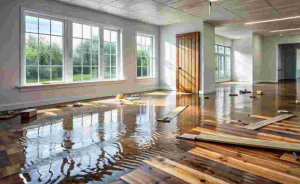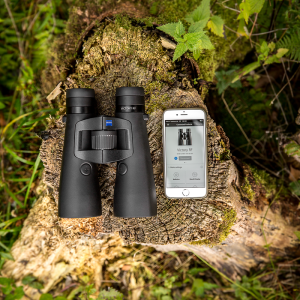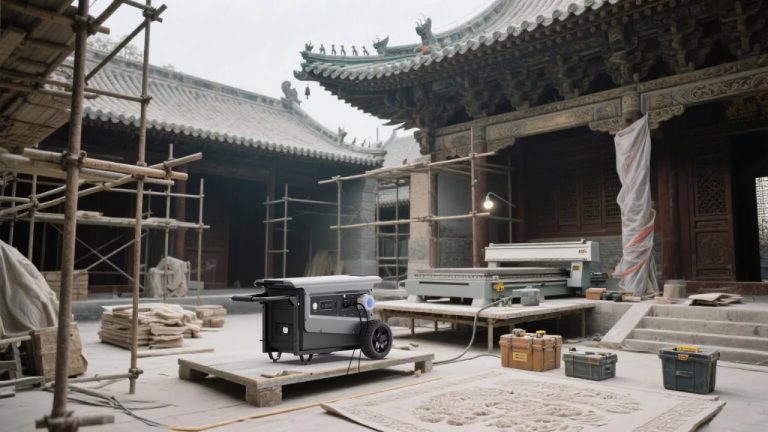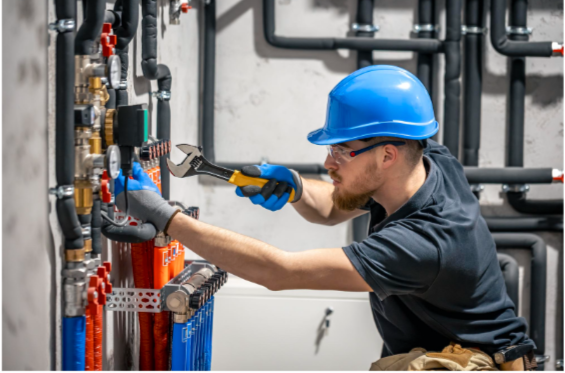Opening a new retail store or renovating an existing one is an exciting journey. However, successful retail operations begin long before the doors open. Careful planning and understanding the essential aspects of store design and construction can make the difference between a thriving business and one that struggles to attract customers. Retail construction is more than just building walls and installing fixtures; it’s about creating a space that reflects your brand, engages your customers, and operates efficiently.
Understanding the Importance of Retail Construction
Retail construction is the foundation of your store’s success. It involves designing and building a space that not only looks appealing but also supports your business operations. From selecting the right location to ensuring the store layout encourages customer flow, retail construction encompasses multiple factors. A well-planned construction project can improve customer experience, optimize inventory management, and reduce future operational costs. Engaging professionals with experience in retail construction can help you navigate zoning laws, safety regulations, and design requirements efficiently.
Choosing the Right Location and Space
Location is one of the most critical factors in retail construction. A convenient and accessible location can attract more customers, while poor placement may limit foot traffic and sales. Consider factors such as proximity to other businesses, parking availability, visibility from main roads, and accessibility for pedestrians. The physical characteristics of the building also play a significant role. Ceiling height, floor space, and natural lighting can impact the design and functionality of your store. During retail construction planning, evaluating the space thoroughly ensures that it aligns with your business goals and store concept.
Designing a Functional and Attractive Layout
The layout of your store influences how customers move through the space and interact with your products. Retail construction should prioritize a balance between aesthetics and functionality. Shelving arrangements, checkout counters, display areas, and walkways should be strategically planned to maximize product visibility and customer comfort. A well-thought-out layout encourages longer visits, increases the likelihood of purchases, and enhances overall shopping experience. Incorporating your brand’s identity through colors, signage, and materials during construction can make your store memorable and inviting.
Ensuring Compliance with Regulations
Retail construction requires compliance with local building codes, fire safety regulations, and accessibility standards. Ignoring these rules can lead to fines, delays, or even legal issues. During planning, it’s essential to understand requirements for emergency exits, restroom accessibility, electrical systems, and HVAC installations. Hiring contractors familiar with retail construction regulations ensures your store meets all legal standards while maintaining a safe environment for both customers and employees. Proper planning for compliance also minimizes costly modifications after construction is complete.
Planning for Technology and Infrastructure
Modern retail stores rely heavily on technology for operations and customer experience. Retail construction should include planning for electrical outlets, internet connectivity, point-of-sale systems, security cameras, and lighting controls. Anticipating technological needs during the construction phase reduces disruptions later and allows for a seamless integration of systems. Efficient infrastructure not only supports day-to-day operations but also enables future upgrades as your business grows. This forward-thinking approach is an essential consideration when planning retail construction.
Budgeting and Project Management
Retail construction can be a significant investment, making budgeting and project management critical components. Establishing a realistic budget helps prevent overspending and ensures resources are allocated to essential elements like structural work, interior design, and finishing touches. Effective project management involves coordinating contractors, suppliers, and designers to keep the construction timeline on track. Regular communication and monitoring progress during retail construction help avoid delays, reduce errors, and ensure that the final store meets your vision and quality expectations.
Conclusion
Planning retail construction for your store requires careful attention to detail, strategic decision-making, and a focus on both functionality and aesthetics. From choosing the right location to designing an appealing layout, ensuring regulatory compliance, incorporating technology, and managing the budget, every decision impacts your store’s success. By understanding and implementing these key considerations, you can create a retail space that attracts customers, supports smooth operations, and reflects your brand’s identity. Investing in thoughtful retail construction is an investment in your business’s future growth and success.













